Assemblies of switchgear and control panels (3)
Continued from 2nd part of article: Assemblies of switchgear and control panels (part 2) Now coverage of distribution panels and switchboards will be presented including molded case circuit breakers (MCCB), safety… Read more
Jun 30, 2012 | By Edvard Csanyi

Assemblies of switchgear and control panels (2)
Continued from 1st part of article: Assemblies of switchgear and control panels (part 1) Other components that are needed for the proper operation of the switchgear or control panel but not necessarily… Read more
Jun 29, 2012 | By Edvard Csanyi
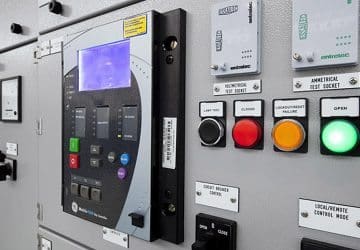
Assemblies of switchgear and control panels
Switchgear and control panels are found in power generating stations, transformer stations, distribution substations, commercial and institutional buildings, industrial plants and factories, refineries, paper mills, metal smelters and any other… Read more
Jun 28, 2012 | By Edvard Csanyi

Meggering (insulation resistance testing) of dry-type power transformer
The insulation resistance test (meggering) is of value for future comparison and also for determining if the transformer is to be subjected to the applied voltage test.The winding insulation resistance… Read more
Jun 27, 2012 | By Edvard Csanyi

Substation Switching Schemes
This technical article is intended to provide description and comparison of single line options for a DESN substation. The goal is to provide an analytical comparison for all options so… Read more
Jun 26, 2012 | By Edvard Csanyi

Commissioning of Electrical Equipment
To verify system condition after has been energized with rated system (service) voltage for which it is designed. Also to ensure the protection, metering system for correct directionality. Multimeter Phase… Read more
Jun 25, 2012 | By Edvard Csanyi
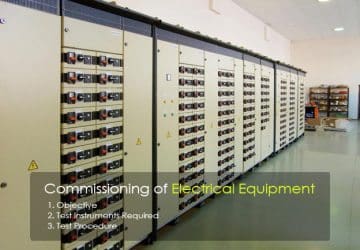
DC Motor Drive Explained In Few Words
In a DC motor, the magnetic field is created by the current through the field winding in the stator. This field is always at right angles to the field created… Read more
Jun 23, 2012 | By Edvard Csanyi
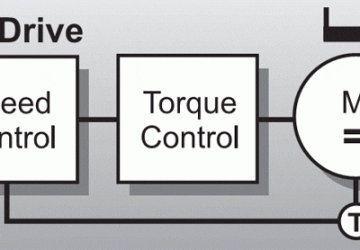
Transformer Extra Losses Due To Harmonics
Non-linear loads, such as power electronic devices, such as variable speed drives on motor systems, computers, UPS systems, TV sets and compact fluorescent lamps, cause harmonic currents on the network…. Read more
Jun 22, 2012 | By Edvard Csanyi
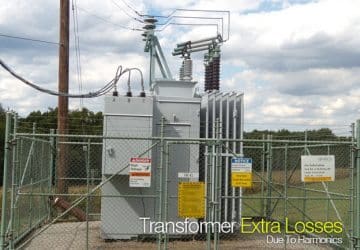
FACTS – Flexible AC Transmission Systems
The acronym FACTS stands for “flexible AC transmission systems”. These systems add some of the virtues of DC, i.e., phase independence and fast controllability, to AC transmission by means of… Read more
Jun 21, 2012 | By Edvard Csanyi

Circuit breakers classified by interrupting medium
A circuit breaker is defined as “a mechanical switching device capable of making, carrying and breaking currents under normal circuit conditions and also making, carrying and breaking for a specified… Read more
Jun 20, 2012 | By Edvard Csanyi
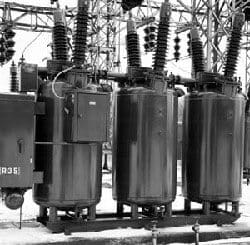
Reducing Distribution Line Losses
One of the main benefits of applying capacitors is that they can reduce distribution line losses. Losses come from current through the resistance of conductors. Some of that current transmits… Read more
Jun 19, 2012 | By Edvard Csanyi
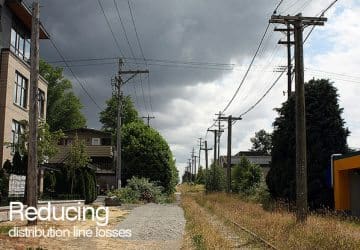
Sag and tension of transmission and distribution lines
The energized conductors of transmission and distribution lines must be placed to totally eliminate the possibility of injury to people. Overhead conductors, however, elongate with time, temperature, and tension, thereby… Read more
Jun 17, 2012 | By Edvard Csanyi
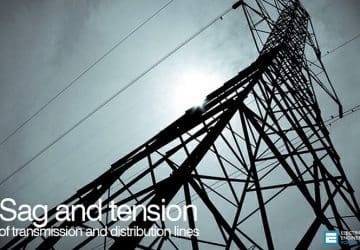
Soft Starter In Industrial Applications
An induction motor connected directly to the power supply draws a constant magnetizing current at full speed, no matter what the load is. At anything less than full load, power… Read more
Jun 16, 2012 | By Edvard Csanyi

ZigZag Transformer Connection Overview
The zigzag connection of tranformer is also called the interconnected star connection. This connection has some of the features of the Y and the ∆ connections, combining the advantages of… Read more
Jun 15, 2012 | By jiguparmar

Dielectric Strength Of Insulator Materials
The atoms in insulating materials have very tightly-bound electrons, resisting free electron flow very well. However, insulators cannot resist indefinite amounts of voltage. With enough voltage applied, any insulating material… Read more
Jun 14, 2012 | By Edvard Csanyi


